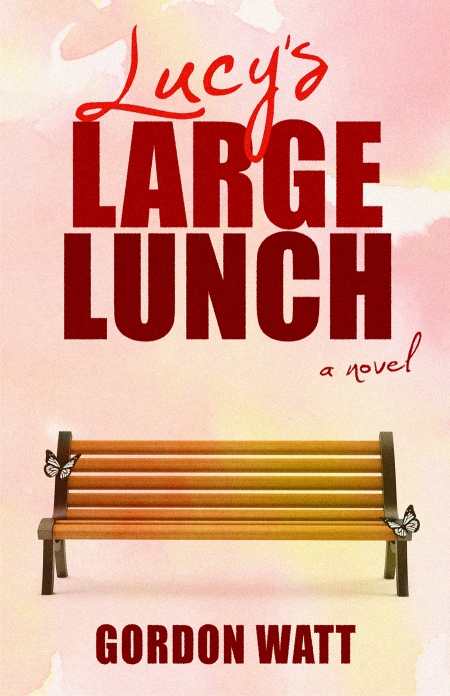
Lucy's Large Lunch
Murder in a small Southern town causes serious questioning among the coffee sippers on benches and folding chairs outside of Lucy’s Large Lunch restaurant. As they watch life go by, the town’s oldsters and its police chief, Chuck Cintz, meditate on the possibility for evil within each human heart, searching for clues that might lead them to the killer. Written in present tense, this novel skillfully captures the pace of traditional small town life while also wrestling with contemporary issues that would once have remained unspoken.
When fourteen-year-old Janet is murdered, everyone realizes that her killer will surely strike again. A small footprint near the crime scene suggests a witness, but fear keeps the child silent. Sensing something of this sort, Chief Cintz, whose intuition about socially delicate situations invites comparisons to Tony Hillerman’s reservation officers, enlists Jack, a gruff thirteen-year-old baseball player from the wrong side of the tracks, to discover the boy’s identity and persuade him to come forward on his own. That the child is also an abuse victim provides an important segue into the novel’s deeper theme: how a community should confront what happens to children behind closed doors.
After Janet’s killer is caught, the novel embarks on a deeper exploration of how child sexual abuse and simple brutality create stunted or criminal adults. Cintz’s wife is an abuse survivor, as is a young woman trying to have a healthy sexual relationship with a boyfriend despite flashbacks to suffering at the hands of her father. Her boyfriend, one of the town’s underage back road beer guzzlers, is sympathetic to her struggles, although in another era, he might have seen her as tainted. This novel’s genius is its slow, leisurely pace, the philosophizing shared by “old boys” and beery teens, and the town’s willingness to respond to the pain of those who have somehow fallen through the cracks in their families and town. Its lyrical phrasing and attention to tone and vocabulary invite readers to savor this story, relishing its small-town details and characters while also appreciating its timeliness and sensitivity.
Only Norm, one of the drinkers, notices anything amiss before a new crime grips the town: an attempted fratricide. During the harrowing days of the perpetrator’s flight and the victim’s recovery, the community begins to realize that “the family created … the monster,” even though neither parent is an abuser. Here, the cliché that it takes a village to raise a child emerges in a clearly contrived plot twist: a young poet who fled an abusive family inherits a large fortune and uses it to fund a home and drop-in center for troubled kids. Although this may seem too sentimental and idealistic, it nonetheless engenders hope that kids in real life will also find such support.
Reviewed by
Elizabeth Breau
Disclosure: This article is not an endorsement, but a review. The publisher of this book provided free copies of the book and paid a small fee to have their book reviewed by a professional reviewer. Foreword Reviews and Clarion Reviews make no guarantee that the publisher will receive a positive review. Foreword Magazine, Inc. is disclosing this in accordance with the Federal Trade Commission’s 16 CFR, Part 255.
